Parenting and Sleep: Podcast Episode #98
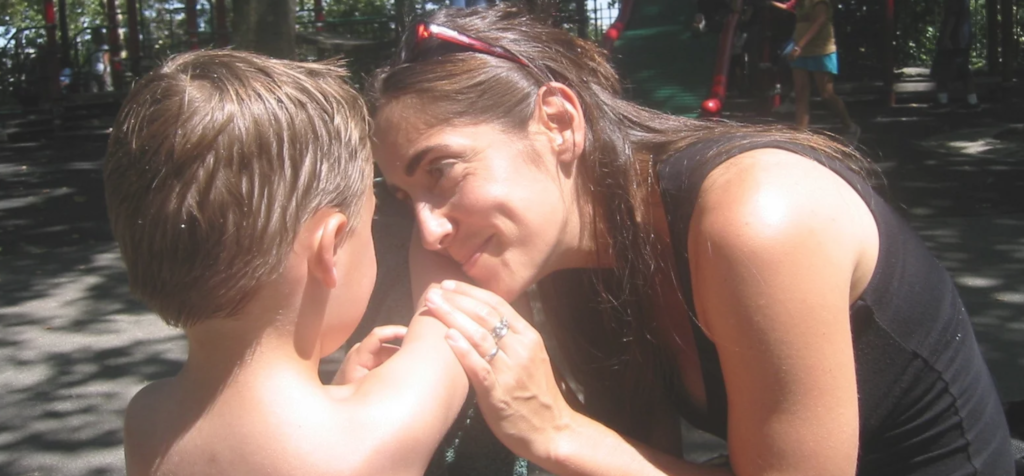
Laine Lipsky, Parenting Coach, talks with Alyssa today about the negative effects of sleep deprivation on children and parents. You can listen to this complete podcast episode on iTunes or SoundCloud. Alyssa: Hello and welcome to the Ask the Doulas Podcast. I am Alyssa Veneklase. I’m excited to be back with Laine Lipsky, parenting coach. […]
Mental Health Awareness Month: Podcast Episode #97
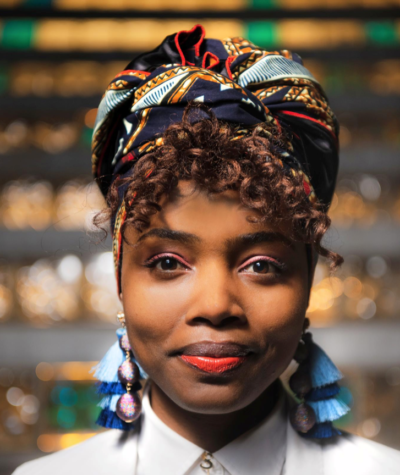
Dr. Nave now works with queens through her virtual practice Hormonal Balance. Today she talks to us about hormones and how they affect our mental health, including the baby blues and postpartum depression. You can listen to this complete podcast episode on iTunes or SoundCloud. Alyssa: Hi. Welcome to Ask the Doulas Podcast. I am […]
Parenting During Covid-19: Podcast Episode #96
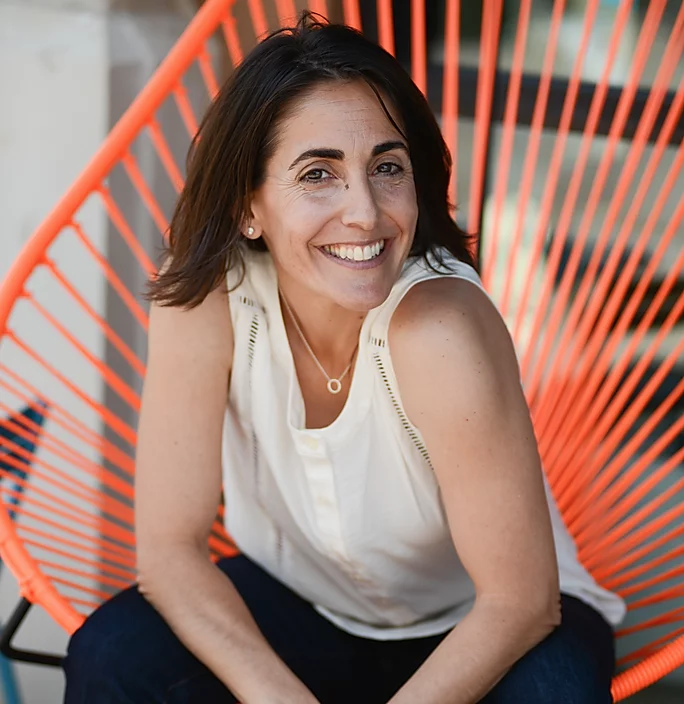
Today we talk with Laine Lipsky, parenting coach, about some best practices for parenting during the COVID-19 pandemic. She gives us all some great tips on how to manage stress and deal with out children no matter what age! You can listen to this complete podcast episode on iTunes or SoundCloud. Alyssa: Hello and welcome […]
Planning a Nursery During the COVID-19 Pandemic
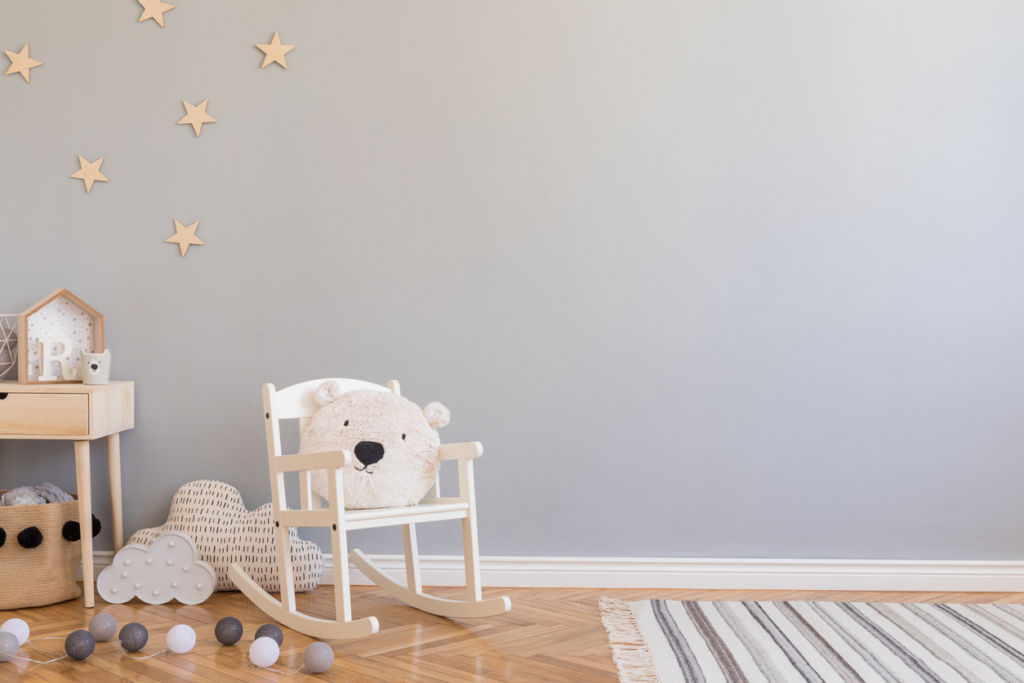
Today’s guest blog is written by Isabella Caprario, Content Marketing Specialist at Porch. During the COVID-19 pandemic, we all feel uncertainty. We don’t know what will happen or what steps to take next. We only know that the best way to end this madness is to sit at home and take all the necessary precautions […]
Virtual Birth Support: Podcast Episode #95
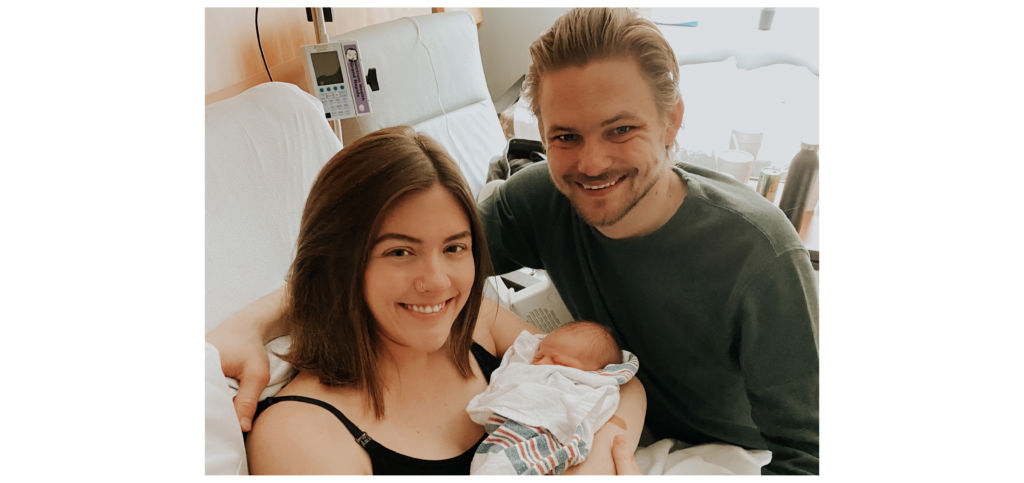
Sam & Justin recently had their baby boy, Judah, in the hospital in the midst of the COVID-19 pandemic. They describe their experience in the hospital as well as how beneficial birth doula support was throughout pregnancy and then during labor and delivery, even though support was virtual instead of in-person. You can listen to […]
COVID-19 Reduce Your Risk!

Ask The Doulas Podcast · Corona Virus Update on Doulas Reduce Your Risk by Megan Mouser, NP. March 31, 2020 STATISTICS COVID-19 With statistics regarding the novel coronavirus changing daily (and even hourly), the most up-to-date information can come from Michigan Department of Health and Human Services as well as the Centers for Disease […]
A Journey Unlike Any Other
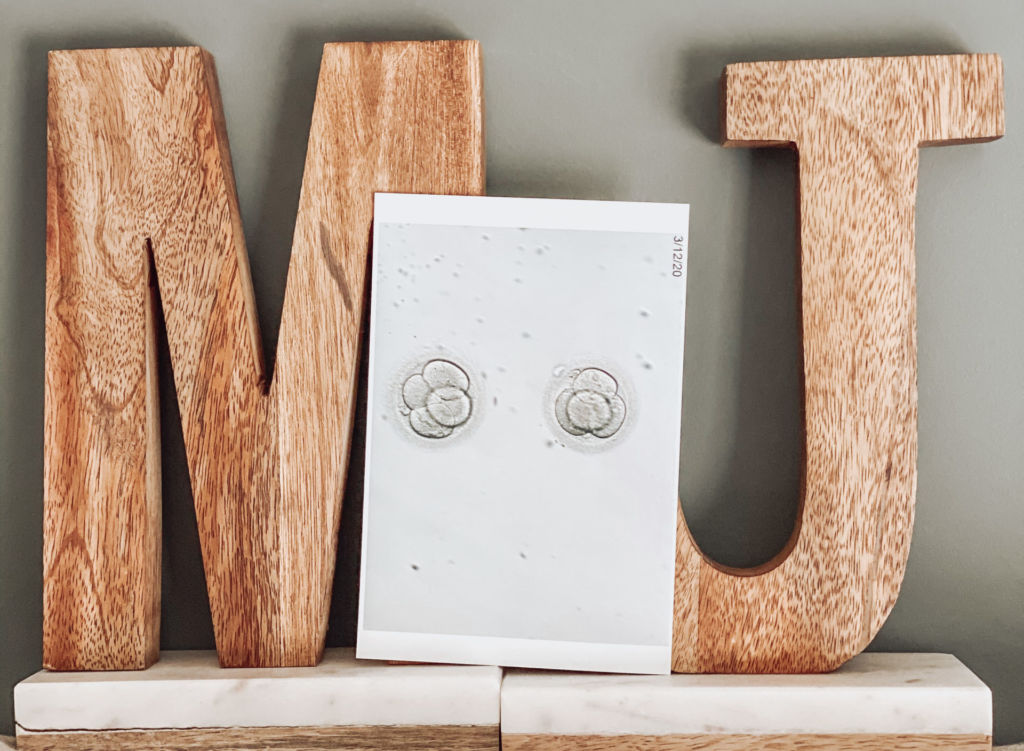
To all of the couples who have had retrievals, transfers, and IVF schedules postponed or affected by the Corona virus outbreak my heart breaks for you. IVF is no small or easy journey; it takes a toll on your mental, emotional, and physical state. It’s beautiful and terrifying all at the same time. It’s expensive […]
Coronavirus Update on Doulas: Podcast Episode #94
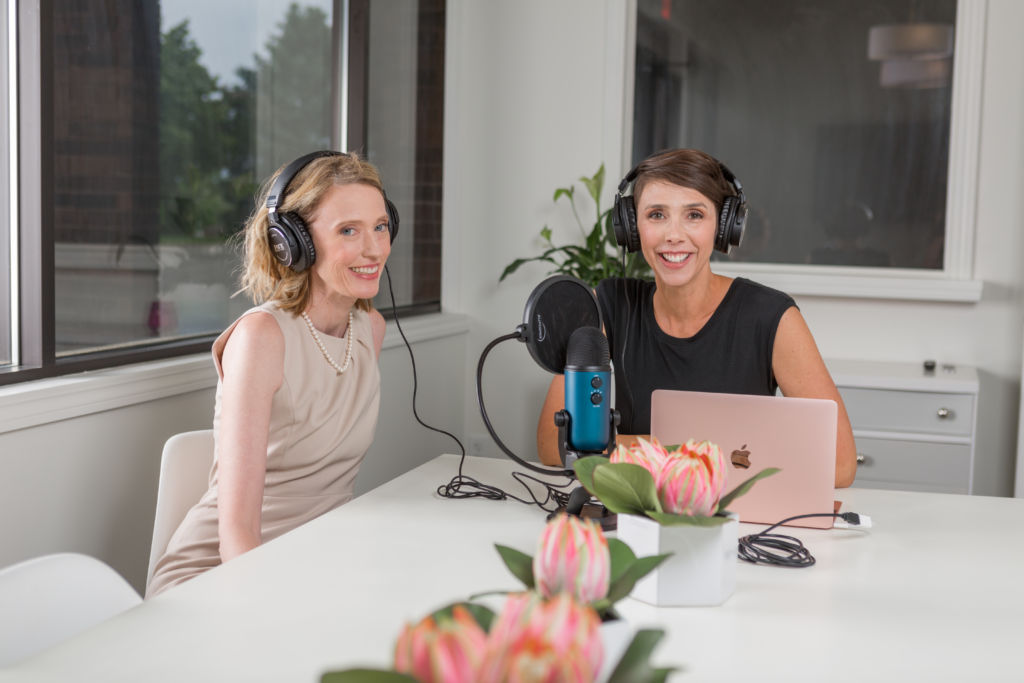
Kristin and Alyssa, Co-Owners of Gold Coast Doulas, give an update on doulas and the coronavirus. How is this affecting birth doulas in the hospital and postpartum doulas in the home? They also talk about virtual classes such as Mama Natural Online to help new parents stay prepared while social distancing. You can listen to […]
Meet Emma, our newest birth doula!

Meet Emma Stevens, the newest birth doula on the Gold Coast Team. Let’s learn a bit about her! What did you do before you became a doula? I am currently finishing up my Communications degree at Hope College where I was able to study abroad in Kenya and intern in a local maternity ward. I […]
The Swaddelini Swaddle: Podcast Episode #93
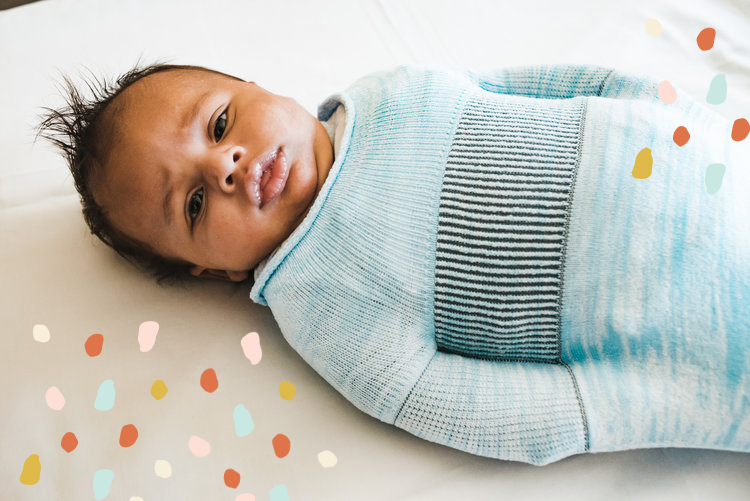
Liz Hilton, founder of Swaddelini, tells us about the unique process she uses to create her amazing swaddle and why her swaddle is different. You can listen to this complete podcast episode on iTunes or SoundCloud. Kristin: Welcome to Ask the Doulas with Gold Coast Doulas. I’m Kristin. Alyssa: And I am Alyssa. Kristin: And […]
Staying Fit and Healthy During Your Pregnancy
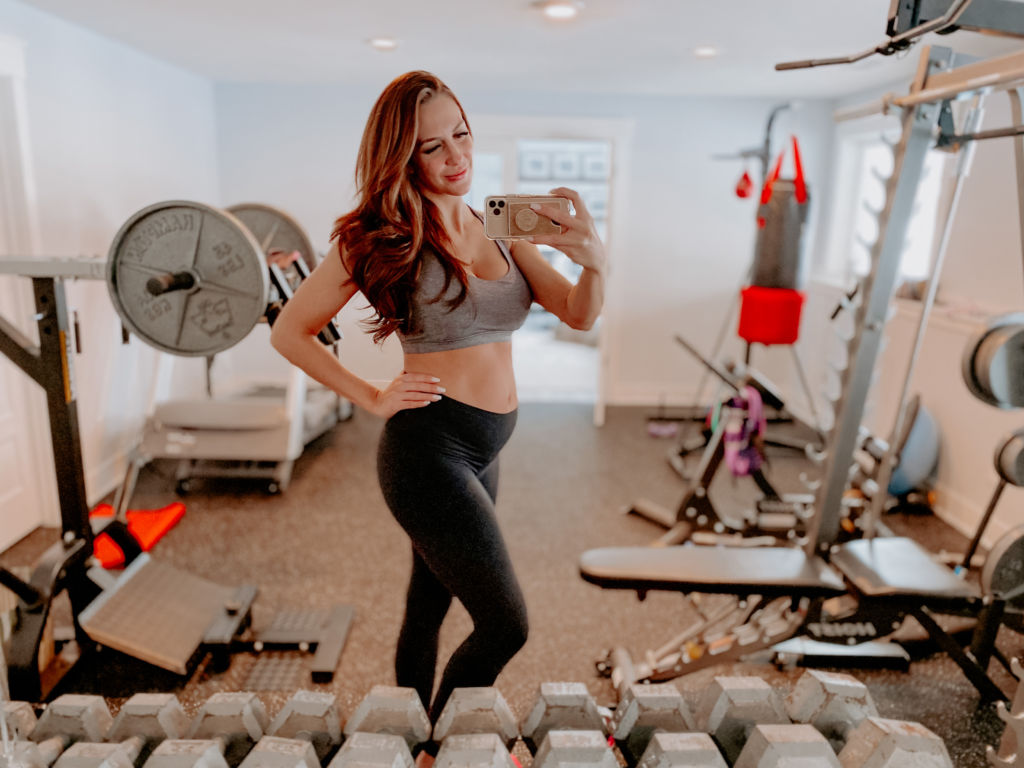
My name is Kaysie, and I am currently 20 weeks pregnant. This is my 4th pregnancy and the first one where I have maintained a very healthy and fit lifestyle. I am a mom of three – 16, 13, and 7. After my last child was born I was the heaviest I had ever been […]
Meet Jessica Kupres, BSN, RN, CLC, CBE – our newest postpartum doula!
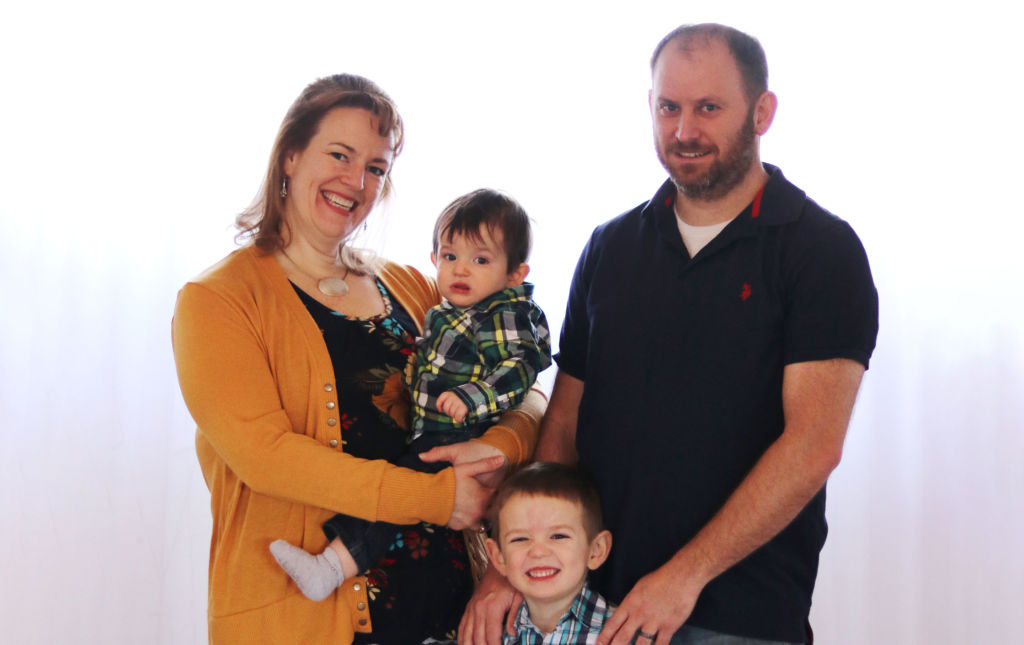
1) What did you do before you became a doula? I was a labor and delivery nurse for 13 years, a nurse for the maternal infant health program for two years, a phone triage nurse at a pediatric office for almost a year, and am currently working as a childbirth and breastfeeding educator, as well as […]
Postpartum Recovery
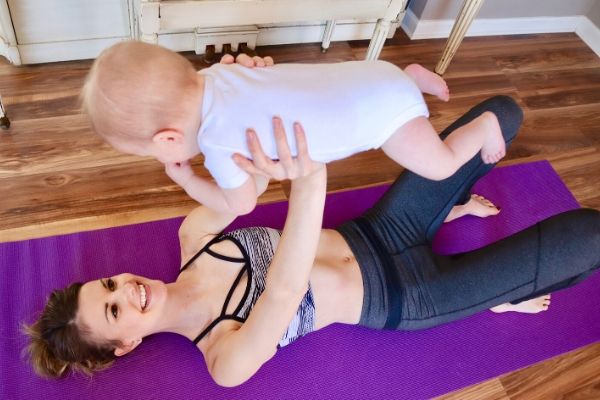
Have you ever heard of an athlete getting back on the field after a major injury WITHOUT a period of rest followed by intense rehab? Of course not! But somehow the expectation for women after their pregnancy is to mysteriously “bounce back” to normal activity, appearance, and function without any guidance. Most mamas even attempt […]
Birth Photography: Podcast Episode #92
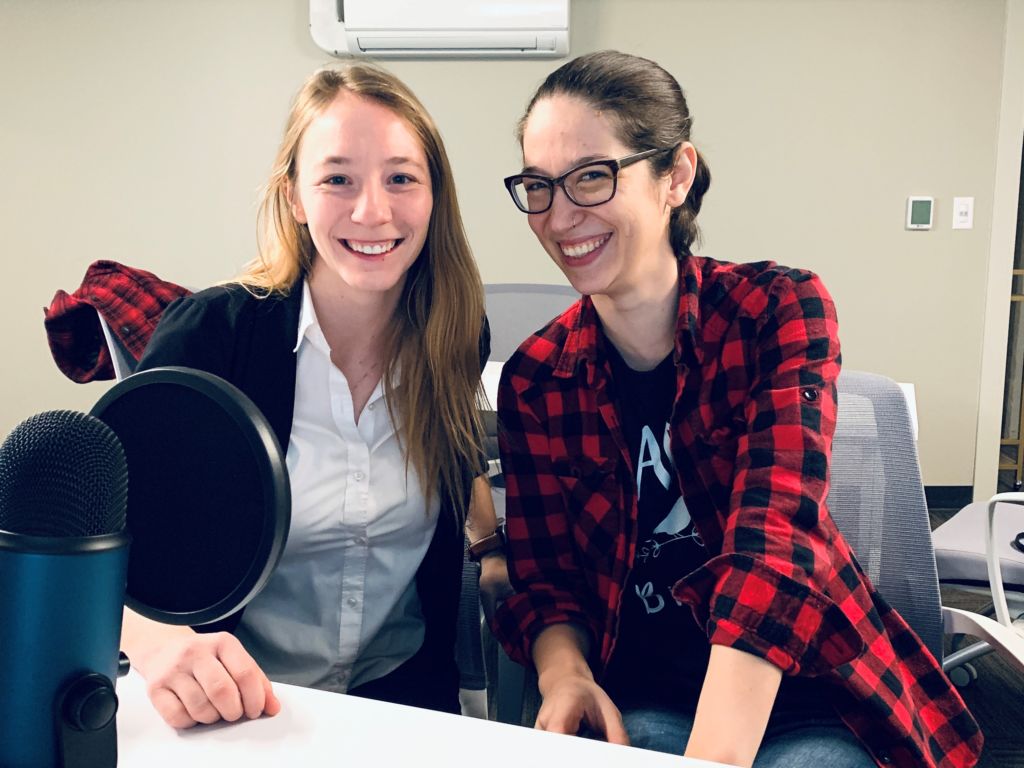
Photographers Kris and Autumn of The People Picture Company answer questions about birth photography, what a photographer actually does in the delivery room and how the process works for hiring a photographer and talking about birth plans. You can listen to this complete podcast on iTunes or SoundCloud. Alyssa: Welcome to the Ask the Doulas […]
When Your Baby Doesn’t Follow Your Birth Plan
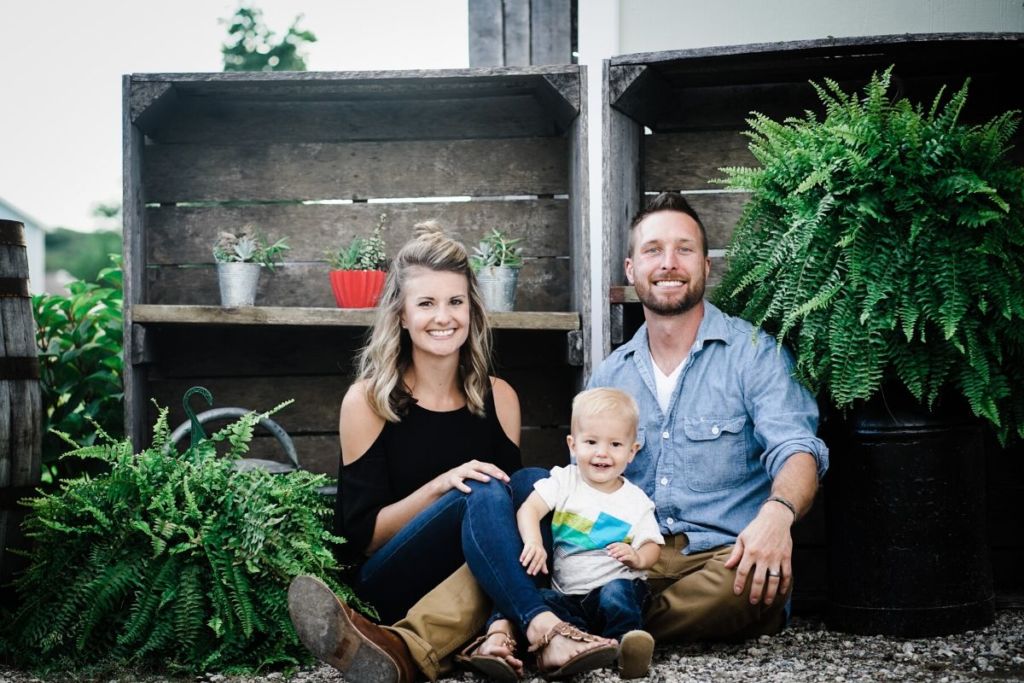
Have you ever set out to accomplish something life-changing? How did you prepare for it? Did you research it online? Did you read a how-to book? Did you seek advice from those you trust? Would you ever show up for the big day without preparing ahead of time? Back in November of 2017, I finally […]
Meet our new postpartum doula, Jamie!

We are excited to have Jamie join our team. As a yoga instructor, she brings a sense of calm and balance to a room that immediately sets you at ease. Let’s learn more about her! What did you do before you became a doula? I spent a glorious taco-and-sun infused 6-years in Austin, Texas, doing […]
Physical Therapy During Pregnancy

Maternity clothes✓ Registry✓ Hospital tour✓ Doula✓ Photographer✓ What could you possibly be forgetting? What about getting YOURSELF prepared? Likely from the moment you found out you were pregnant you have been focused on the tiny human growing inside of you. While prenatal vitamins, nursery preparations, and choosing the perfect name are all very important parts […]
Meet our new IBCLC, Kelly Wysocki-Emery!
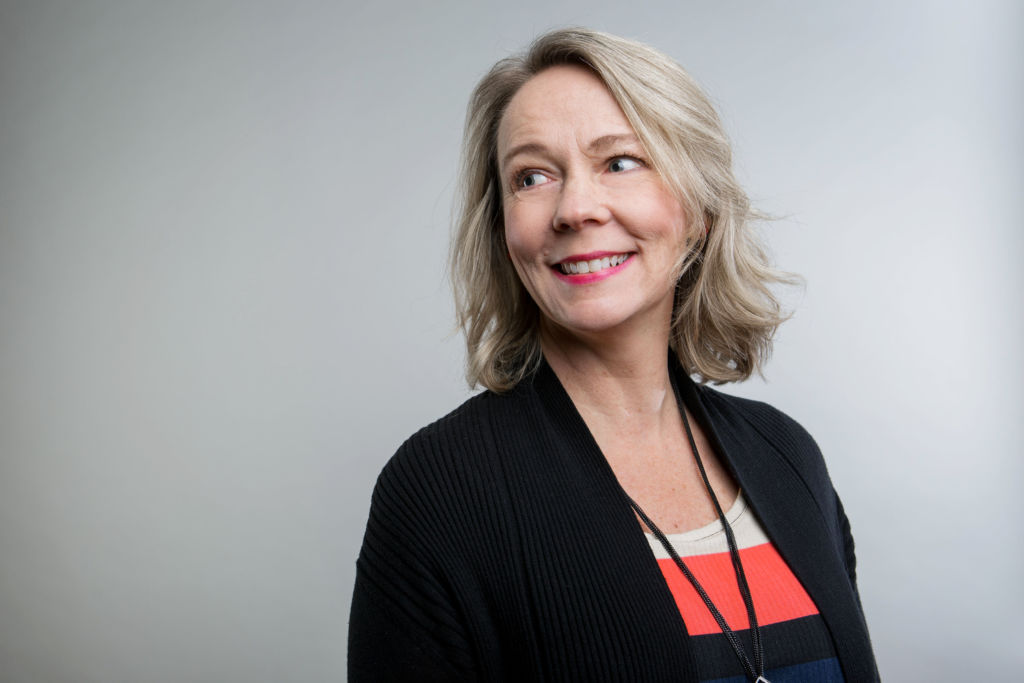
We are thrilled to have Kelly join the Gold Coast Team. Many of our doulas have used Kelly personally for lactation consultations with their own children. She comes to us with years of experience and a trusted name in the community. 1) What did you do before you became a lactation consultant? In a former […]
Perinatal Mood Disorders: Podcast Episode #91
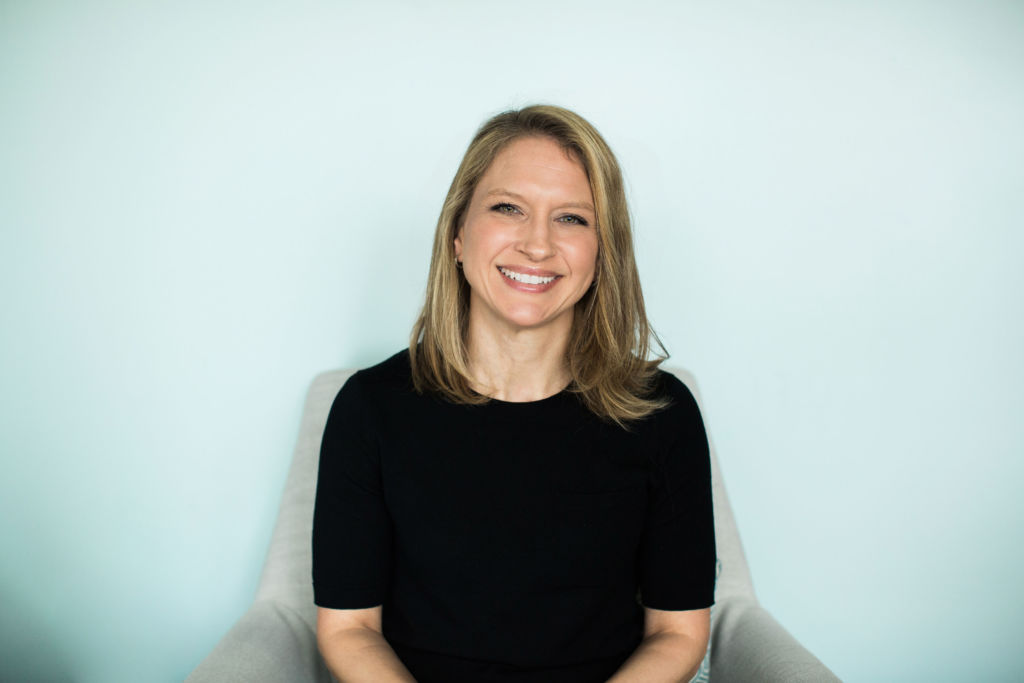
Today we talk with Elsa, a therapist at Mindful Counseling in Grand Rapids, Michigan who specializes in perinatal mood disorders. Learn what postpartum anxiety and depression look like, how they are different, and signs to look out for. You can listen to this complete podcast episode on iTunes or SoundCloud. Kristin: Welcome to Ask the […]
Symphysis Pubis Dysfunction with Rise Wellness Chiropractic: Podcast Episode #90
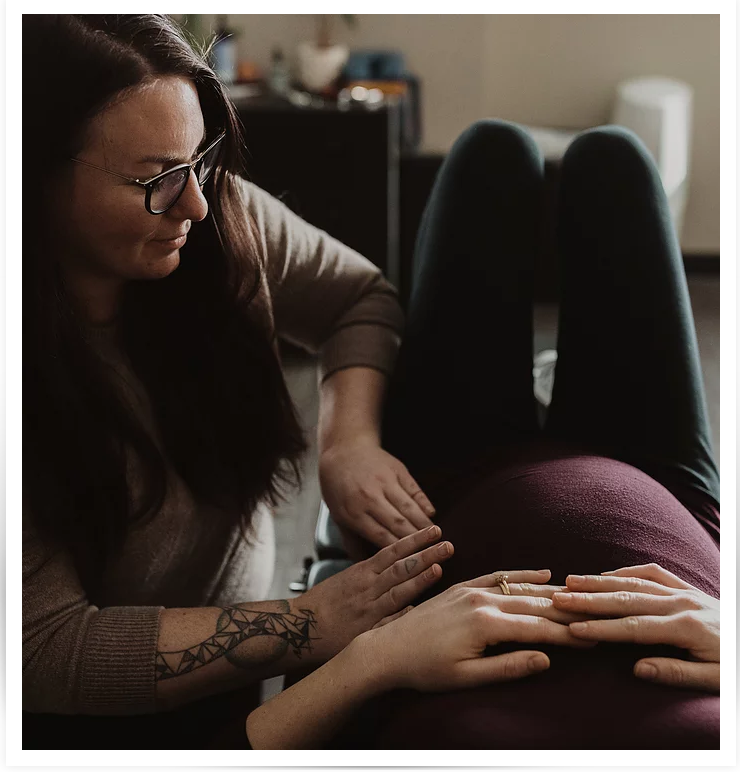
Dr. Annie and Dr. Rachel talk to Alyssa about Symphysis Pubis Dysfunction (SPD), how to prevent it, how to treat it, and things every pregnant and postpartum woman should be doing! You can listen to this complete podcast episode on iTunes or SoundCloud. Hello. Welcome to another episode of Ask the Doulas. I am Alyssa, […]
The importance of certification – Why Gold Coast Doulas are different!

Did you know that in the State of Michigan you (yes, you) can call yourself a doula? There is no licensure, training, or certification required. That’s scary. How do you, as a consumer, know you’re hiring the best doula you can? At Gold Coast Doulas we believe in elevating the standards of doula support to […]
Meet Lauren – our newest Birth & Postpartum Doula!
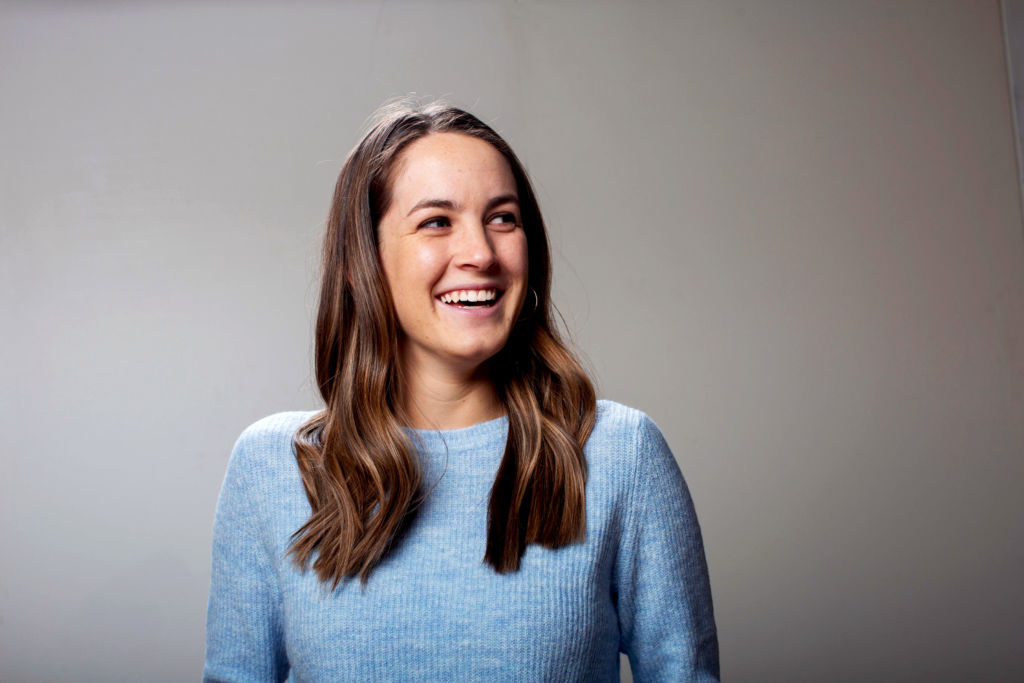
Welcome Lauren Utter to the Gold Coast team as our newest birth and postpartum doula. We are so happy to have her! 1) What did you do before you became a doula? I was a preschool teacher, event coordinator for a camp for children with various needs, and a nanny. 2) What inspired you to […]
Baby-Friendly Hospital Initiative: Podcast Episode #89
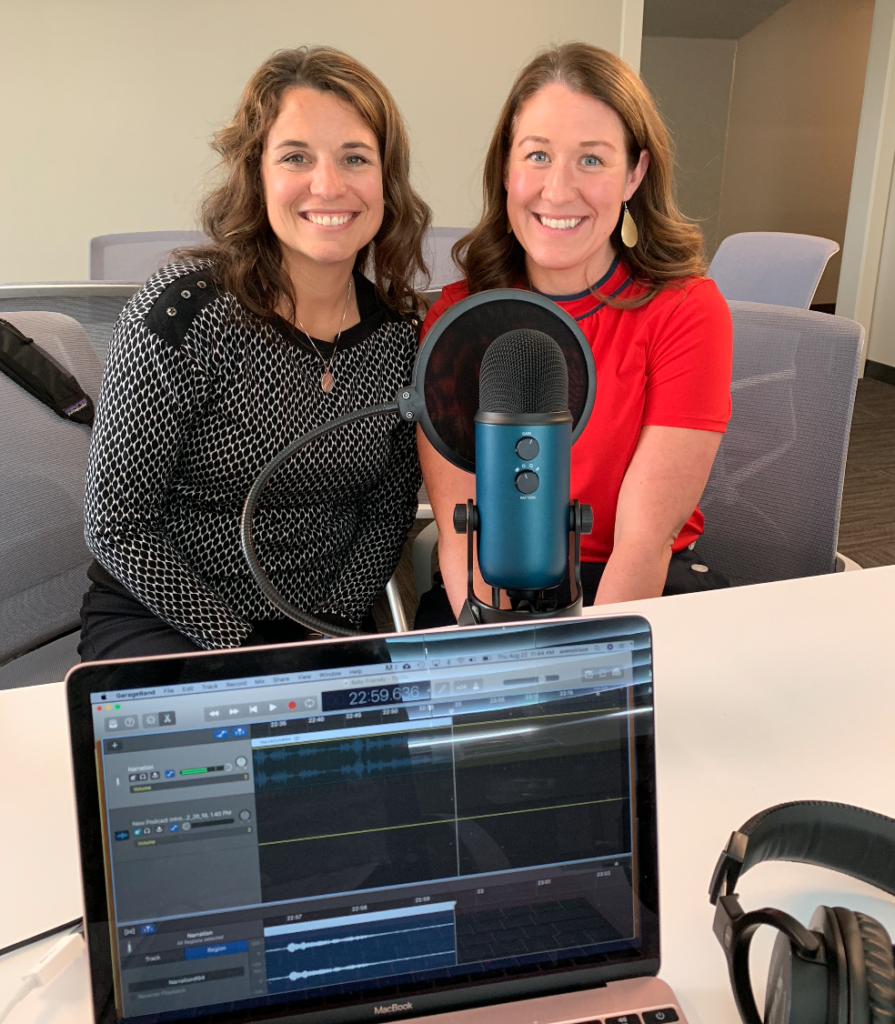
Today we speak with Katie and Becky from Spectrum Health in Grand Rapids about what it means to be a designated Baby-Friendly hospital. You can listen to this complete podcast episode on iTunes or SoundCloud. Kristin: Welcome to Ask the Doulas with Gold Coast Doulas. I’m Kristin, co-owner, and I’ve got Alyssa here. And we’ve […]
Saving for Baby: Podcast Episode #88
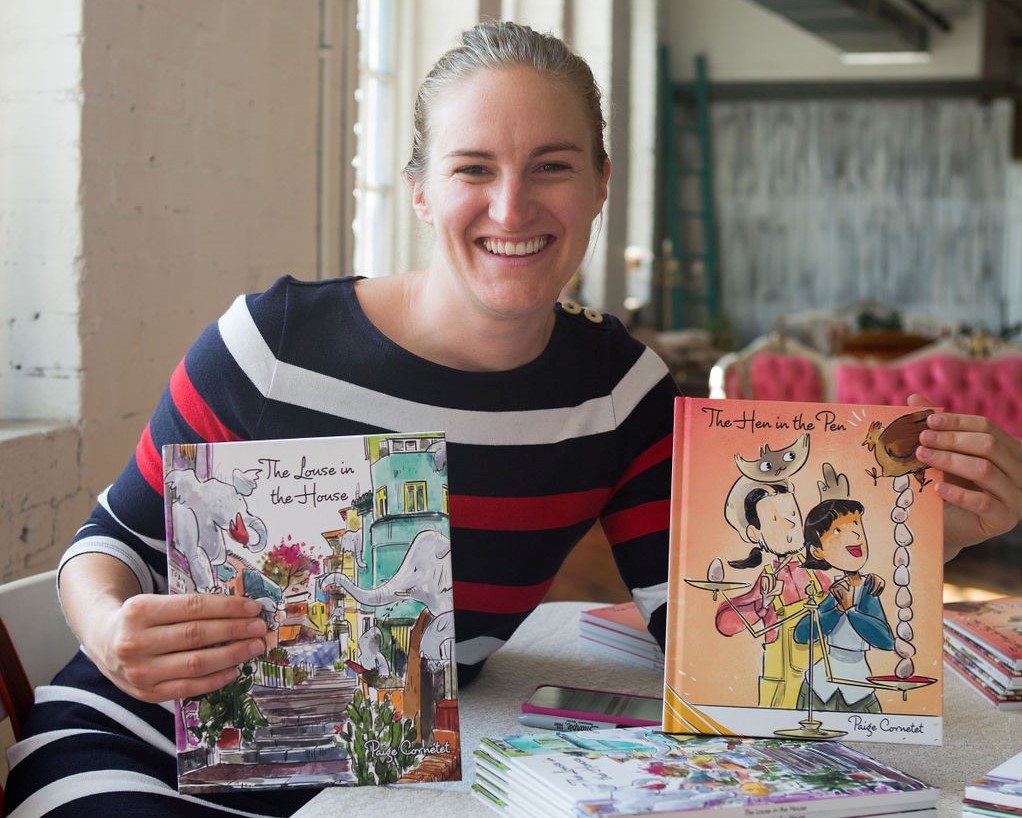
Kristin talks to Paige, The Millennial Guru, again today about how to financially prepare for growing your family! You can listen to this complete podcast episode on iTunes or SoundCloud. Kristin: Welcome to Ask the Doulas with Gold Coast Doulas. I’m Kristin, co-owner of Gold Coast, and I’ve got Paige Cornetet, the Millennial Guru, here […]


